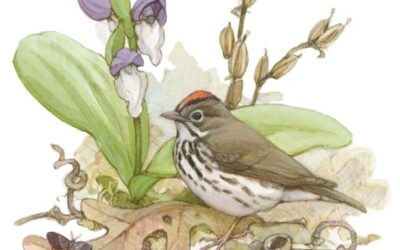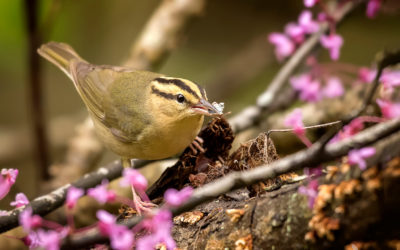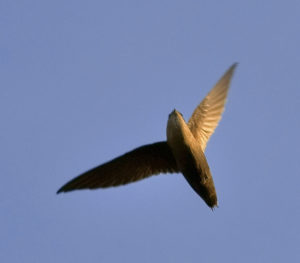Speaking With One Voice to Protect Ohio’s Birds
Welcoming backyard birdwatchers and researchers in the field alike, the Ohio Ornithological Society is the only statewide organization specifically devoted to fostering a deeper appreciation of wild birds, fellowship and collaboration in advancing our collective knowledge about them, and our ability to speak with one voice to preserve Ohio’s bird habitats.
There is a rich tradition of ornithological societies around the world. Ohio itself has a venerable history of local organizations devoted at least in part to to birds: the Cincinnati Bird Club, the Kirtland Bird Club, Columbus’ Wheaton Club, the Toledo Naturalists’ Association, and others, including many active local Audubon chapters.
But what Ohio lacked, until 2004, was a wider-reaching, statewide organization—one that would bring local groups together, muster many important resources, provide a larger perspective, seek wide appeal among many constituencies, and represent the cause of bird protection and enjoyment for all. It was this general set of goals that was the genesis of The Ohio Ornithological Society, which was founded by a dedicated group of Ohio birders in the winter of 2004. The OOS is a 501 c.3 organization chartered in Ohio.
Main Goals of the Society
- Organize and promote fellowship among enthusiasts in the study and enjoyment of wild birds.
- Support young birders through select scholarships and reduced event rates.
- Recruit new members among young and beginning birders.
- Encourage new and established local affiliated organizations devoted to wild birds.
- Bridge gaps between professionals and amateurs, private and public agencies, and between lovers of birds and those who are, for the moment at least, indifferent to them.
- Promote ethical interactions with birds. OOS has adopted the American Birding Association (ABA) Principles of Birding Ethics. The preamble to this Code states, “Everyone who enjoys birds and birding must always respect wildlife, its environment, and the rights of others. In any conflict of interest between birds and birders, the welfare of the birds and their environment comes first.” The Code lists commonsense guidelines which allow maximum birding with minimum negative impact on the birds and other birders. The full document is available at ABA: Code of Ethics. OOS event guides will adhere to the Code and we urge our members, indeed all birders, to do so as well.
Advancing Knowledge and Resources
Our society, composed of backyard bird watchers, researchers in the field, and certifiable “bird-heads,” meets across the state to watch birds, to share our sightings and insights, and to advance our collective knowledge about Ohio’s birdlife. By uniting as a Society, the OOS will all speak with one voice to protect Ohio’s birds and bird habitats.
The Ohio Ornithological Society Sponsors:
- The Ohio Cardinal, which for decades has been the state’s ornithological journal of record.
- Chip Notes, a monthly newsletter.
- The Ohio-birds e-mail discussion list.
- The Ohio Bird Records Committee.
- The Ohiobirds.org website filled with timely and locally relevant birding information.
- Birding field trips all across Ohio.
- Bird identification workshops and other birding-oriented events, including The Midwest Birding Symposium in 2009, 2011, and 2013.
- Annual birding conference/meetings.
History of the Ohio Ornithological Society
The Society was incorporated in 2004, and was the confluence of several well-established entities.
- The Society’s flagship publication, The Ohio Cardinal, has been the authoritative record on the abundance and distribution of Ohio’s bird populations for more than 25 years.
- The Ohio Bird Records Committee has been analyzing and reviewing rare bird reports in Ohio since 1991.
- The Ohio-Birds e-mail list has been Ohio’s only statewide birding news list since 1999.
- Many of the founding directors and members have been an actively engaged in the Ohio bird scene for a decade or more.
Like most other state ornithological societies, the OOS has no paid staff and relies entirely on volunteers with a motivating passion for birds. Please consider helping us with our mission by donating or becoming a member.
News & Events
Warblers & Wildflowers Weekend 2025
Registration is now open! Warblers and Wildflowers Weekend 2025 (April 25-27) at Shawnee State Park
SAVE THE DATE: Warblers & Wildflowers: April 25-27 2025
Mark your calendars and reserve a room for Warblers and Wildflowers at Shawnee State Park: April 25-27, 2025. Registration will open in late January.



